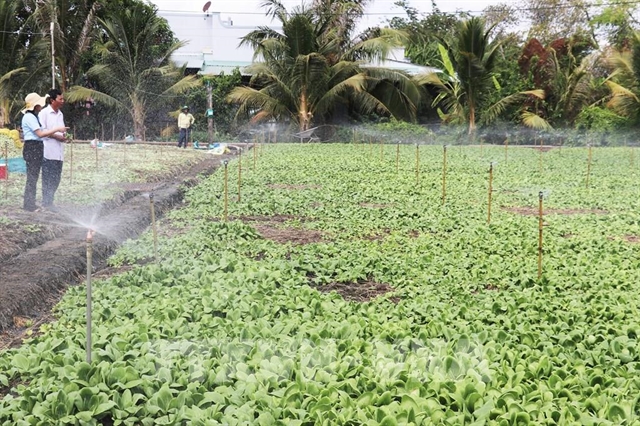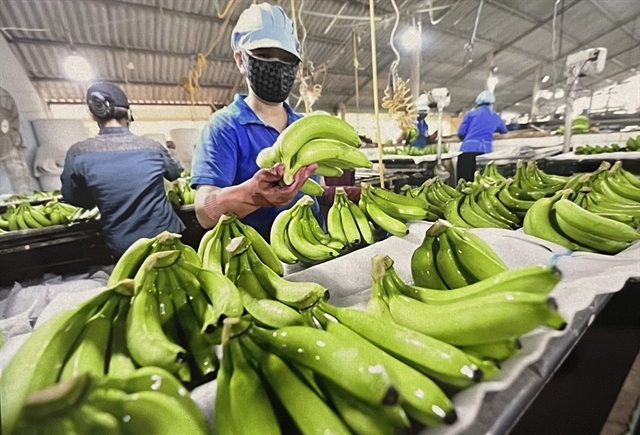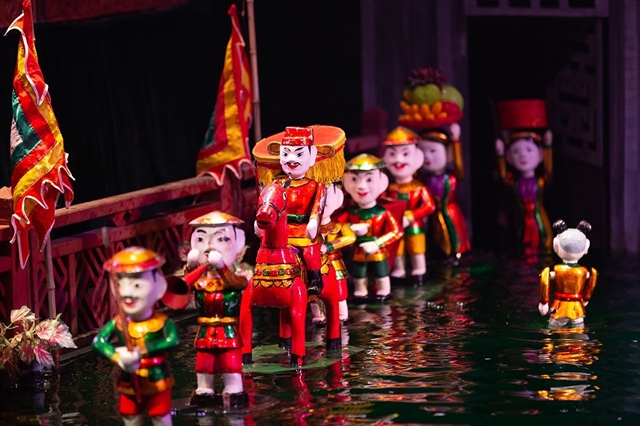 Life & Style
Life & Style

In recent years, Việt Nam has become a destination for foreign filmmakers to make feature films and advertisements, most notably Kong: Skull Island (2017) directed by Jordan Vogt-Roberts.
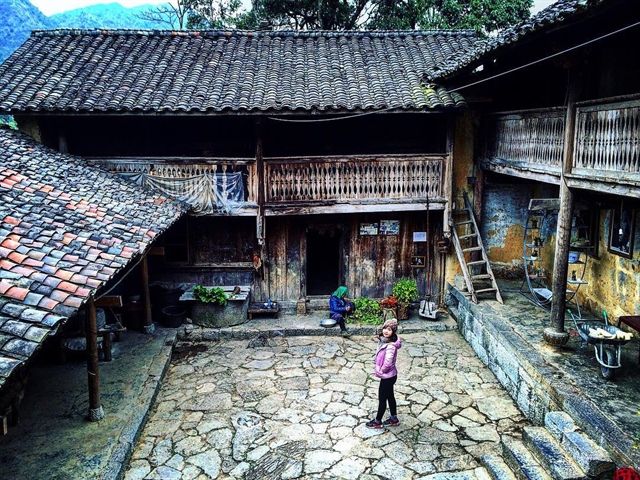
|
| An ancient house of the Mông people in Sủng Là Valley becomes famous among tourists after the success at local and international film festivals of Chuyện Của Pao (Pao’s Story) directed by Ngô Quang Hải. — Photo dulichhagiang.com |
Minh Thu
BÀ RỊA – VŨNG TÀU - Việt Nam is home to a lot of beautiful landscapes with the potential to be gorgeous backdrops to movies, Polish director and producer Krzysztof Zanussi said during a conference yesterday.
The 80-year-old was speaking at a conference during the Việt Nam National Film Festival (VNNFF) in the coastal province of Bà Rịa – Vũng Tàu.
"This is the first time I come to Việt Nam but I have researched much about your film industry. I know that famous filmmakers have come to make films in Việt Nam," he said.
"Commercial films are popular at Vietnamese cinemas to serve the entertainment demand of audience who are mostly young people, but it's time to make more art-house films. Việt Nam has many suitable backgrounds for this genre."
The conference drew many local and foreign filmmakers. They discussed the potential for filming in Việt Nam, obstacles and ways to welcome more foreign film crews to the country.
In recent years, Việt Nam has become a destination for foreign filmmakers to make feature films and advertisements, most notably Kong: Skull Island (2017) directed by Jordan Vogt-Roberts.
Many localities that were chosen to shoot films have become destinations for local and foreign tourists such as Hạ Long Bay (Quảng Ninh Province), Phong Nha – Kẻ Bàng National Park (Quảng Bình Province) and Tràng An Complex (Ninh Bình Province).
“An ancient house of the Mông people in Sủng Là Valley became famous after the success at local and international film festivals of Chuyện Của Pao (Pao’s Story) directed by Ngô Quang Hải, now the house is a must-see destination for tourists in the mountainous province of Hà Giang,” said Nguyễn Thu Hà, vice director of the Cinema Department.
“We believe films help promote image of the country effectively and develop the cultural environment,” she said.
“We acknowledge the role of cinema industry and hope the experts will deliver some solutions to attract more foreign film crews to come to shoot in Việt Nam.”
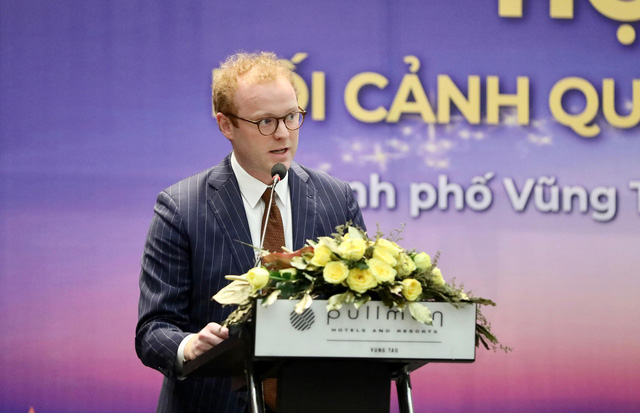
|
| James Cheatley, Regional Director of the Motion Picture Association International (MPA) in Asia Pacific, gives some suggestions for developing Việt Nam as a destination for international filmmakers. — VNS Photo Minh Khánh |
Solutions to help
Entertainment companies always look to create content for global audiences and that means creators have to find locations around the world, according to James Cheatley, Regional Director of the Motion Picture Association International (MPA) in Asia Pacific.
“We all understand that productions bring significant expenditure on labour, goods and services in locations. Other benefits include increased tourism and soft power projection.”
Cheatley said Việt Nam is well placed to take advantage of global expenditure on content, with varied topography, beautiful beaches, mountains and jungles as well as large cities.
“However these things alone may not be enough to bring expenditure to Việt Nam,” he said.
“To take things to the next level, Việt Nam needs production incentives namely cash rebate and tax credit; available infrastructure and services; local cast crews and equipment; a film-friendly production environment, and marketing strategy,” said Cheatley.
“Another issue is film permits, the production will need a clear understanding of the film permitting process across all governments. For example, can the production shut down a street in Hà Nội to film?” he asked.
He said Việt Nam has a great opportunity to attract large-scale productions with the right incentives.
Production designer Lee Ha-jun of Cannes-crowned Parasite (2019) suggested filmmakers should transfer the film’s message, metaphor and characters’ attitude by selecting locations.
“Locations and different angles of camera can reveal many things about the film and create the atmosphere for the film,” he said.
“In Parasite, we gave priority to finding natural locations with suitable light, landscape and settings. Filmmakers should find new locations and angles to bring freshness for the film,” he said.
“To make a residential area for rich people, we chose a location on the hill which is high, dry and brilliant while houses of the poor were set up in the small alleys in Seoul. These spaces are narrow, wet and stuffy creating the pressing and sultry atmosphere for the film.”
“The clear contrast between these places helped make psychological effects for audiences,” said Lee.
Lee said Việt Nam has big potential in making films and he will take advantage of this trip to Việt Nam to scout out filming locations. — VNS

